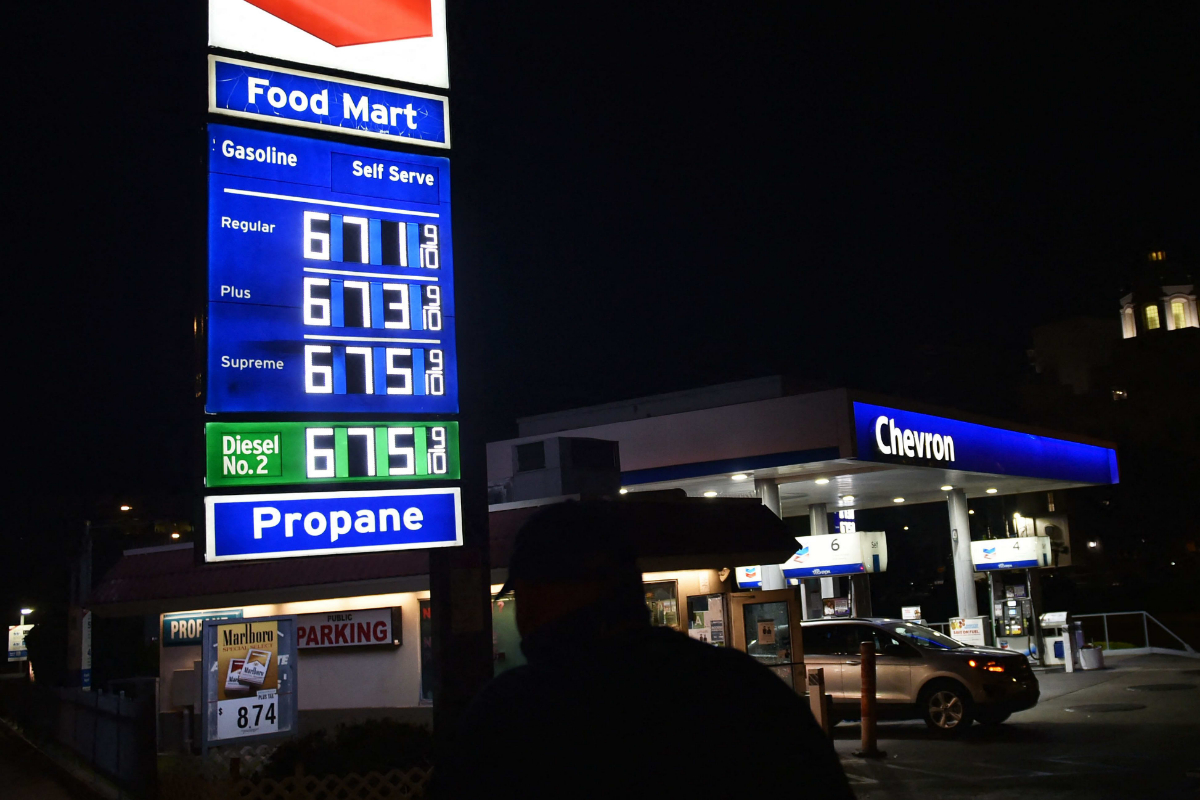- Diesel fuels the American economy more than gasoline, and its cost has an impact on our daily life.
- About 19 to 20 gallons of gasoline are generated in the US for every barrel of processed crude oil.
- For diesel, that number reduces to just 11 to 12 gallons.
These days, the majority of drivers are concerned about the high expense of fueling up with ordinary fuel.
However, diesel fuel, whose worldwide price average currently exceeds gasoline’s by more than a dollar per gallon, is another significant fuel listed on the gas station price board.
“The fuel used in trucks is diesel. The driving force behind the world economy “says stock analyst Joseph Sykora.
However, because the engines of heavy-load vehicles like freight trucks, cargo aircraft, and barges run on diesel, diesel is not simply essential for trucking – it is critical to international transport as a whole.
Therefore, as the cost of shipping goods throughout the nation and the globe increases, the prices of the goods those transport vehicles carry likewise go up, aggravating inflation.
Long before today’s issues like the ongoing conflict in Ukraine, limited refinery capacity, and the post-Covid energy demand squeezed global oil supplies and drove up prices, diesel prices were more expensive than gasoline. Yet why?
The switch to cleaner diesel mixes, greater state and federal taxes, and the supply and demand of diesel are the main causes of the price differential.
Soiled diesel
The US Environmental Protection Agency started gradually implementing regulations that drastically reduced diesel fuel’s sulphur level in 2006. Because elevated amounts of airborne sulphur matter are harmful to both individuals and the environment, the EPA took this action.
Additionally, beginning of 2014, the EPA mandated that all diesel manufactured and marketed in the US must comply with the ULSD (ultra-low sulphur diesel) standard, which caps the sulphur level of diesel at 15 parts per million. According to the EPA, sulphur content limitations have at least 90 percent decreased hazardous emissions.
The environment benefits immensely from the EPA’s regulations. However, reducing the sulphur content of diesel has reduced its energy density (less fuel economy per gallon) and increased refinery production costs, which has put upward pressure on prices.
Duties on Diesel
The administration of President Joe Biden recently requested that Congress temporarily suspend the federal tax on gasoline and diesel. Whether or not the planned tax break is successful, it brings attention to the tax itself.
Gasoline and diesel are subject to an additional 18.3 cent and 24.3 cent taxes, respectively, under the federal motor fuel excise tax, which hasn’t changed since 1993. The tax’s proceeds go toward the Highway Trust Fund, a federal fund used to build and maintain roads and other mass transit projects.
Every state has its own additional tax on both fuels in addition to the federal tax; the average diesel tax is 7.55 cents higher.
Diesel taxes are greater because the main diesel-powered vehicles—freight trucks and buses—are significantly heavier and worsen roads more than the average car.
The need for diesel
Finally, the basic economic theory of supply and demand—a lack of supply mixed with endless demand—is blamed for diesel’s high price.
In terms of supply, diesel is produced at a lower rate than gasoline. About 19 to 20 gallons of gasoline are generated in the US for every barrel of processed crude oil. For diesel, that number reduces to just 11 to 12 gallons.
Diesel and its chemical relatives assist in the production, growth, and transportation of almost all consumer goods on the demand side. The fuel drives the engines in buses, generators, home heating systems, ships, industrial machinery, construction and farming equipment, trucks, railroads, and military vehicles.
Diesel fuels the American economy more than gasoline, and its cost has an impact on our daily life.


















